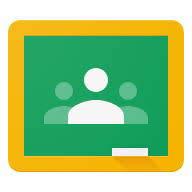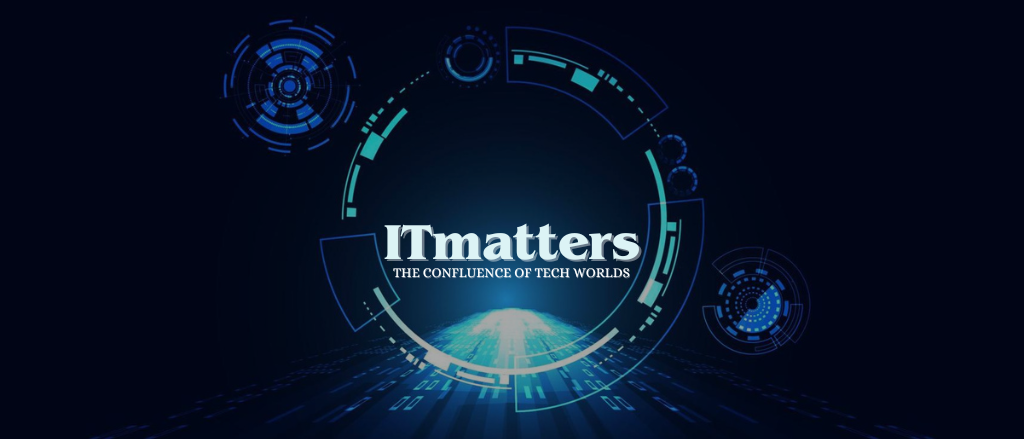
Google Classroom’s AI Leap Could Change How Teachers Build Quizzes
Google has taken a bold step forward with its education platform. On Monday, it launched a new AI-powered feature for Google Classroom that helps teachers generate quiz questions using Gemini. The goal? To simplify how teachers create assessments—while keeping them meaningful and aligned with classroom goals.
This new tool is more than just convenient. It could represent a shift in how educators use AI in the classroom.
How It Works: Simple Inputs, Smarter Outputs
Teachers can now enter a piece of text—or upload one from Google Drive—and the AI will generate relevant questions. This could be a paragraph from a textbook, a short story, or even a student’s writing. The AI then creates questions based on the content.
The questions can be exported to either Google Docs or Google Forms. This flexibility makes it easier for teachers to customize and share quizzes.
But there’s more. Teachers can set filters like grade level, question type (multiple choice or open-ended), and even the number of questions. They can also focus on specific skills such as interpreting figurative language or evaluating arguments. This helps create assessments that match learning goals precisely.
Only for Subscribers—But With Real Perks
This feature is not available to everyone using Google Classroom. It’s part of the Gemini Education add-on, which costs $24 per user. For those using Gemini Education Premium at $36 per user, it’s included too.
Though it’s behind a paywall, the feature could save teachers hours of planning time. That might be worth the price for schools aiming to modernize their teaching tools.
How This Matters for the Future of Classrooms
The classroom is evolving. Tools like this one show how AI can make a real difference—not by replacing teachers, but by helping them focus on what matters most: teaching and understanding students.
Creating thoughtful quiz questions takes time. Teachers must read the material, think about learning goals, and design questions that truly test understanding. AI can handle the first draft of that process, giving teachers more time for feedback, lesson planning, or one-on-one support.
It also means that assessments can become more personalized. A teacher working with diverse learners can quickly adjust difficulty or question type using this tool. That flexibility wasn’t easy before.
A Growing AI Toolkit Inside Google Classroom
This quiz generator isn’t the first AI feature in Google Classroom. Google introduced Gemini to Classroom in 2024. Since then, it has been expanding its role steadily.
Recently, Gemini gained tools to create vocabulary lists and summarize notes, student feedback, or reading material. The addition of quiz creation fits neatly into this growing toolkit. It’s not just about automation—it’s about making learning more responsive.
The Bigger Picture: AI in Education Isn’t a Fad
Some worry that AI will depersonalize teaching. But this launch shows the opposite. When used well, AI can help educators do their jobs better—not replace them.
Google Classroom’s new feature lets teachers stay in control. They choose the text, the focus, and the format. The AI simply offers a smart starting point.
That’s the kind of AI integration education needs. It respects the role of teachers while giving them better tools.
What’s Next for Teachers and Tech?
As AI tools get smarter, the pressure is on education platforms to deliver real value. Google seems to understand that.
With this update, the company is offering not just another shiny feature, but a genuinely helpful tool. It’s a sign of where EdTech is heading: toward more intelligent, adaptable systems that support teachers rather than sideline them.
In the end, it’s not just about making teachers’ lives easier—it’s about helping students learn in deeper, more personalized ways. And that’s a goal worth investing in.
